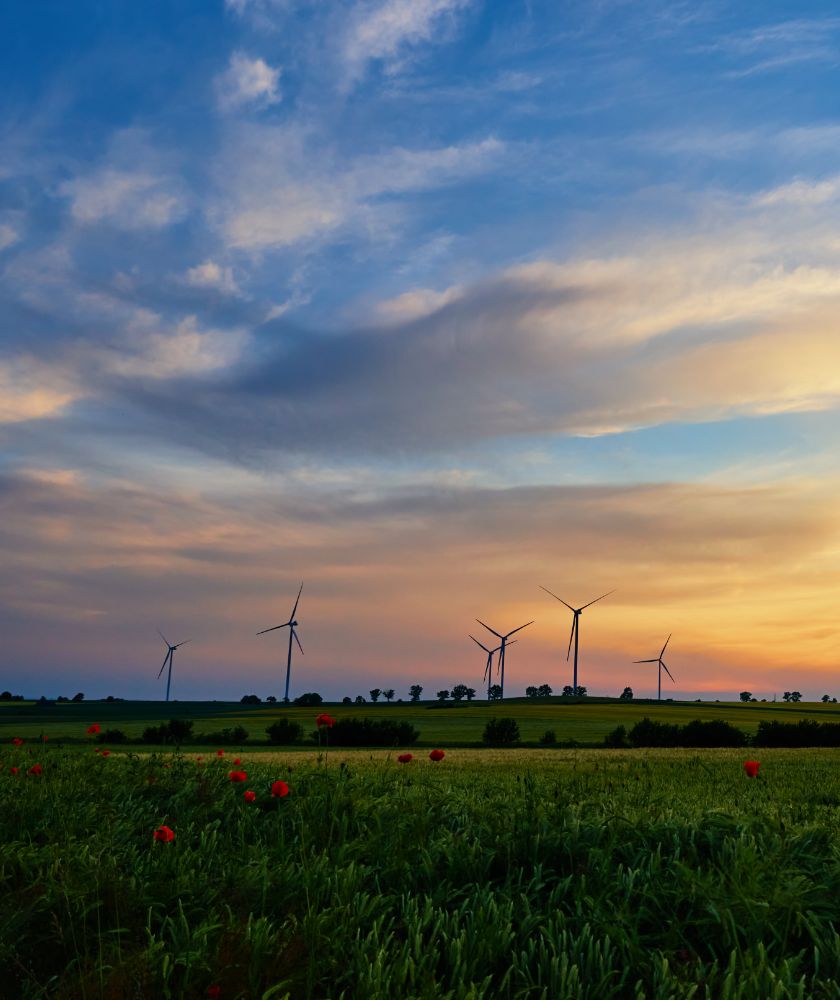The materiality analysis at Enea Group included a comprehensive examination of the organization’s impact on sustainability matters. The identification and assessment covered the following:
- type of impact (positive/negative and actual/potential),
- time horizons (short-term, long-term),
- the scale and scope of the impact (for each impact, a rating between 1 and 5, where 1 is the smallest scale/scope and 5 is the largest),
- reversibility of impact (for all negative impacts, a rating between 1 and 5, where 1 is an impact that does not require reversal and 5 is an impact that is impossible to reverse),
- probability of impact occurrence (for all potential impacts, a rating between 1 and 5, where 1 is the least chance of materialization and 5 is a certain event).
A weighted average was used to assess the impact, with greater weight being given to severity2 rather than probability. In addition, for some impacts, the disaggregation by subsidiary as referred to in ESRS 1 Section 3.7 para. 55, Section 7.6 para. 104 and Article 63x. para. 8. Act of 6 December 2024 amending the Accounting Act, the Act on Statutory Auditors, Audit Firms and Public Supervision and certain other acts.
All impacts identified were evaluated and categorized by priority. Based on qualitative criteria, ratings from 1 to 5 were given for each criterion for each impact. The final score for the impacts included the expert assessment (80%) and the stakeholder assessment (20%). If a specific impact was not evaluated by stakeholders, 100% of the expert assessment was adopted.
The assessment of impact materiality was taken as the basis for financial materiality analysis. Most risks and opportunities are directly related to the impacts identified. The Enea Group used its ERM Methodology to assess whether the impacts identified would entail risks and opportunities. The assessment also covered the risks and opportunities that may arise from dependence on natural and human resources and the risks disclosed in previous ESG reports.
Risks and opportunities were rated according to their probability (on a scale of 1 to 4) and potential financial impact (on a scale of 1 to 4). The potential financial impact was quantified or qualified depending on the data available. The final score was obtained by multiplying these two values. In addition, a time horizon is specified for each risk and opportunity, either short-term (up to one year) or long-term (more than one year).
2 The severity of impact is determined by the scale, scope and reversibility for negative impacts or the scale and scope for positive impacts. The severity was considered to be a parameter with greater weight because of its lower arbitrariness and error of measurement.




